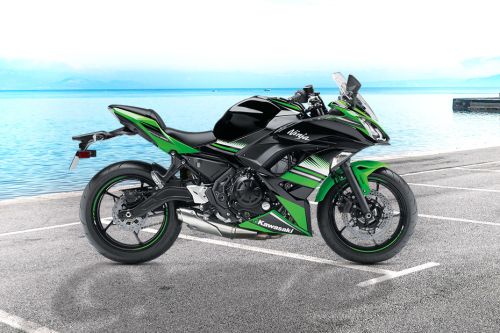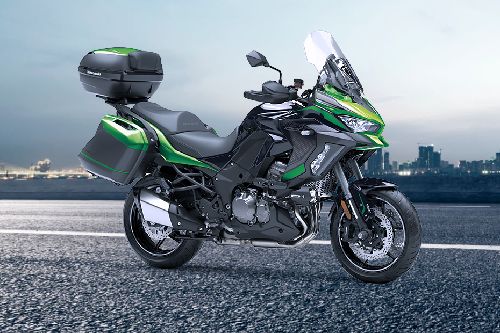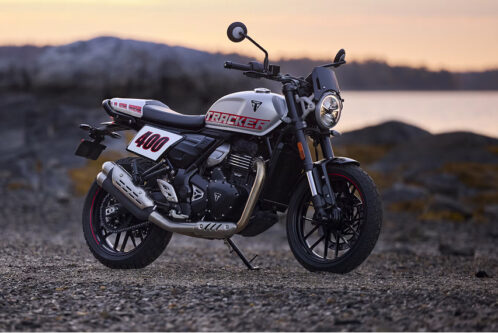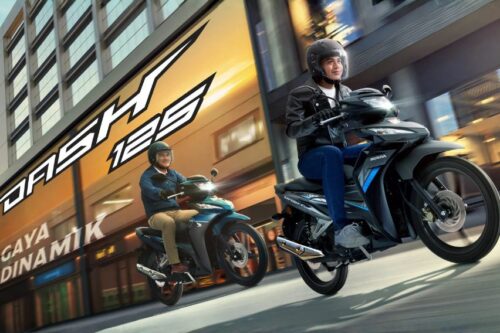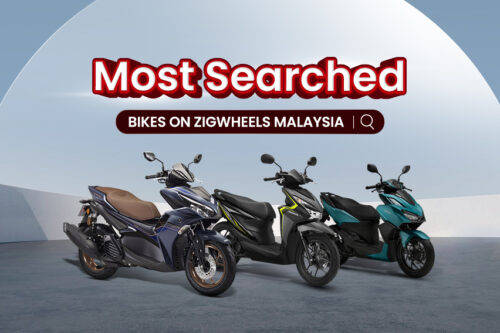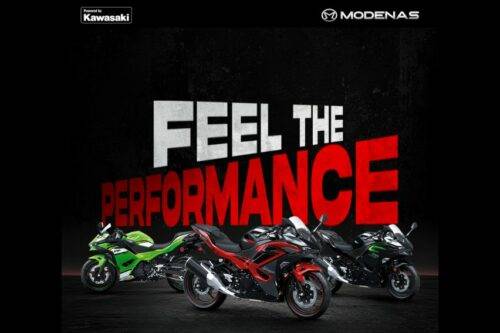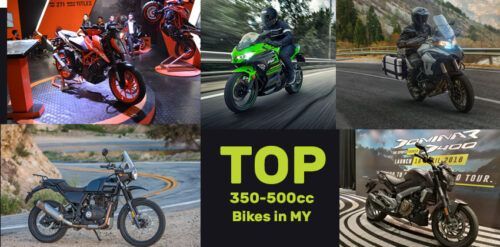Kawasaki previews world's first hydrogen-powered motorcycle concept in Japan

KUALA LUMPUR: The shift towards greener mobility is not limited to just carmakers as bike manufacturers are also pivoting towards eco-friendly transportation. And the recent example is the public debut of the world's first hydrogen-ICE motorcycle, developed by Kawasaki Motors.
KEY TAKEAWAYS
When will the hydrogen-powered Kawasaki bike debut?
The hydrogen-powered Kawasaki bike is expected to make its debut in the early 2030.Is hydrogen more responsive than petrol?
According to Kawasaki, hydrogen burns faster and operates over a wider temperature range than petrol, making it more responsive.Kawasaki has recently conducted the first public debut of its hydrogen ICE (internal combustion engine) bike, based on the Kawasaki H2 SX, at the Suzuka circuit in Japan. The automaker first showcased the hydrogen-fueled Ninja H2 engine in October 2021, released sketches of a hydrogen bike in November 2022, and unveiled the prototype in December 2023.

The Kawasaki H2 SX prototype uses the company’s 998-cc, inline four-cylinder supercharged engine that can also be found on the Kawasaki H2 range. However, the automaker made some modifications to enable direct hydrogen injection into the cylinders. Using direct injection, hydrogen is introduced into the combustion chamber after the intake valves close. As hydrogen expands rapidly, injecting it with air could push the air out of the fueling system.
Along with modifying the engine, Kawasaki also modified the bike’s chassis to fit hydrogen fuel canisters and hydrogen fuel supply systems.

Just like the hydrogen fuel-cell vehicle, this hydrogen-powered motorcycle also emits water or water vapour as its byproduct, which means it contributes to a cleaner environment by producing zero carbon emissions. However, it offers the experience of riding an internal combustion engine bike, which makes it different from a fuel cell vehicle.
Despite these advantages, it’s worth noting that the hydrogen internal combustion engine can produce nitrogen oxides (NOx) and carbon dioxide (CO2), like conventional ICE bikes.
As for performance numbers, the automaker remains tight-lipped as this is just in the prototype phase currently. However, for reference, we can look at the standard Kawasaki Ninja H2 SX model that offers 200 PS of maximum power and 137 Nm of peak torque.
While the testing of the hydrogen-powered bike is underway since the beginning of 2024, the production version is not going to see the light of day anytime soon. The automaker is “currently conducting research and development with the aim of realising a functioning hydrogen ICE motorcycle as one carbon-neutral option for riders in the early 2030s.”
Kawasaki, along with other Japanese motorcycle manufacturers such as Honda, Suzuki, and Yamaha, is a member of the Hydrogen Small Mobility & Engine Technology (HySE) research association. The association aims at developing hydrogen-powered engines for small mobility vehicles.
Also read: Made-in-Malaysia Kawasaki ZX-6R now being exported to China
Kawasaki Motorcycle Models
Malaysia Autoshow
Trending & Fresh Updates
- Latest
- Popular
You might also be interested in
- News
- Featured Stories
Kawasaki Featured Motorcycles
- Latest
- Popular
Latest Kawasaki Motorcycle Videos on Zigwheels




